Forex Weekly Outlook October 27-31
German Ifo Business Climate, US Core Durable Goods Orders, CB Consumer Confidence, FOMC Statement and rate decision, US and Canadian GDP data, US Unemployment Claims, Fed Chair Yellen’s speech. These are a few of the larger events on our calendar for this week. Follow along as we explore the Forex market movers.
Last week, US data continued to surprise with a better than expected headline CPI rising 1.7% on a yearly base and 0.1% monthly in September while core CPI remained unchanged. Furthermore US unemployment claims increased to 283K but remained below 300,000 for a sixth straight week and he four-week moving average declined to its lowest level since May 2000. Will the strong US data continue despite the global slowdown trend?
- Eurozone German Ifo Business Climate: Monday, 9:00. German business climate index, based on a monthly survey of about 7,000 responders, declined in September to 104.7 from 106.3 posted in August. Economists expected a higher reading of 105.9. Sentiment worsened across the board amid the prolonged crisis in Ukraine impacting more than 6,000 German firms and the weak recovery in the Eurozone economy. Nevertheless, the German Bundesbank forecasted a positive end to the year despite the recent slowdown. German business sentiment is expected to reach 104.6 this time.
- US Core Durable Goods Orders: Tuesday, 12:30. US durable goods orders plunged in August due to volatility in aircraft orders. Orders dropped 18.2% after a strong rise of 22.6% in July. However the overall growth trend remained strong. Meantime, Core orders excluding transportation advanced by 0.7% in August after a 0.8% decline in the previous month. Core orders reflect the true trend, rising 17.2% in the three months to August. The rise in orders is also reflected by the constant improvement in the US job market with fewer layoffs and increase hiring. Durable goods orders are projected to gain 0.4% , while Core durable goods orders are expected to increase by 0.5%.
- US CB Consumer Confidence: Tuesday, 14:00. U.S. consumer confidence worsened in September, falling to 86 from 93.4 in the prior month. Economists expected a milder decline to 92.2. The strong decline may be explained by less favorable assessments of the current job market condition. Consumers expected economic growth to stall in the following months ahead. The outlook index declined to 83.7 from a revised 93.1 reading, while the present conditions index fell to 89.4 from a revised 93.9.
- US FOMC Statement: Wednesday, 0:00. The Fed maintained interest rates and reduced its QE program by $10 billion as expected. The Federal Reserve made a hawkish statement that the period between the end of the QE program and the Fed’s first rate hike will take “Considerable time”. The Federal Reserve also released its latest Summary of Economic Projections, which shows stronger projections for rate hikes over the long run. Regarding the labor market, conditions have improved further. The Fed believes economic conditions are not sufficient for a rate hike.
- NZ rate decision: Wednesday, 20:00. The Reserve Bank of New Zealand kept the official cash rate at 3.5%. Governor Graeme Wheeler stated he won’t rush to raise rates as previously thought, since inflation remains contained. Wheeler also signaled a pause in the bank’s current tightening measures, indicating the bank needs to measure the impact of the four rate hikes this year. The policy statement projects slower inflation by the end of 2015. Rates are expected to remain unchanged at 3.5%.
- US GDP data: Thursday, 12:30. The third estimate of real gross domestic product release for the second quarter showed an annual rate expansion of 4.6%, following June’s estimate of 4.2%. The 4.6% growth in real GDP showed growing personal consumption, private inventory investment, exports, as well as local government spending. The gains were partially offset by a rise in imports, and a 0.9% decline in federal government expenditures. Personal consumption increased but the main growth force was fixed business investments expanding 9.7%. The BEA expected second quarter corporate profits increased $164.1 billion, compared to a $201.7 billion decrease in the first quarter. 3.1%
- US Unemployment Claims: Thursday, 12:30. The number of new claims for U.S. unemployment benefits rose by 17,000 last week to 283,000. Despite the rise, the number of claims remained below 300,000 for a sixth straight week, indicating the US job market continues to strengthen in spite of a global slowdown trend. The four-week moving average fell to its lowest level since May 2000. However, the slowdown trend in major countries is starting to impact the US manufacturing sector. The number of jobless claims is expected to decline to 277,000 this time.
- Janet Yellen speaks: Thursday, 13:00. Federal Reserve Chair Janet Yellen will speak in Washington DC. Yellen may address the rate hike issue amid continued U.S. economic growth and strengthening in the US labor market. Likewise the Fed Chair may discuss the global slowdown trend which may affect the US economy in the coming months.
- Japan rate decision: Friday. The Bank of Japan kept monetary policy unchanged at its October meeting. The Bank also unanimously decided to prolong its money market operations to raise the monetary base to an annual pace of between JPY 60 and 70 trillion and reach a 2.0% inflation rate. The central bank was more pessimistic regarding economic conditions, despite stating that the economy is continuing to recover moderately as a trend. Regarding global developments, the BOJ sees a downside risk in the pace of recovery in the US and the unclear state of the Eurozone economy.
- Canadian GDP: Friday, 12:30. Canada’s economy did now grow in July, from the previous month due to a slowdown in the mining, and oil and gas industries offset by a rise in manufacturing and the public sector. Mining, oil and gas industries contracted by 1.5% in July. Manufacturing expanded by 1% and the public sector by 0.5%. Economists expected a minor growth of 0.2%. This sluggish growth suggests the BOC will be on no hurry to raise rates anytime soon.


 LinkBack URL
LinkBack URL About LinkBacks
About LinkBacks





 Reply With Quote
Reply With Quote
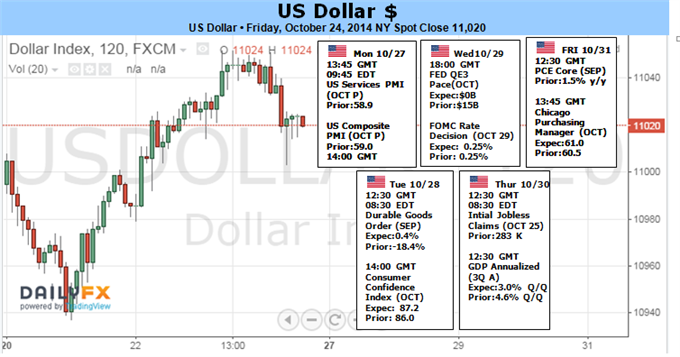
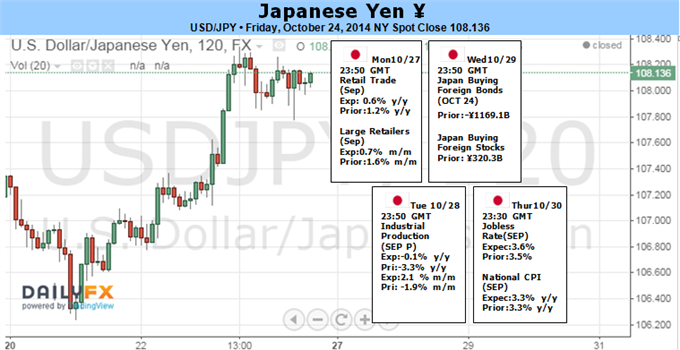
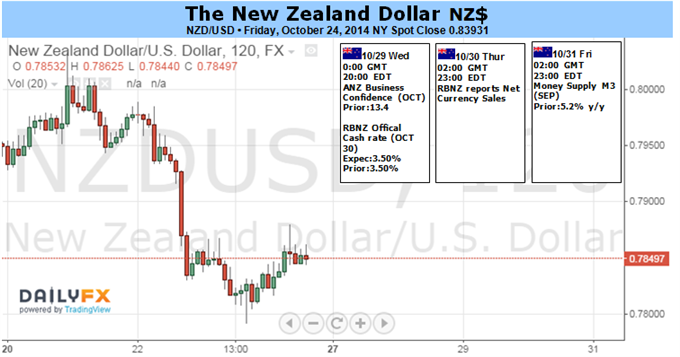
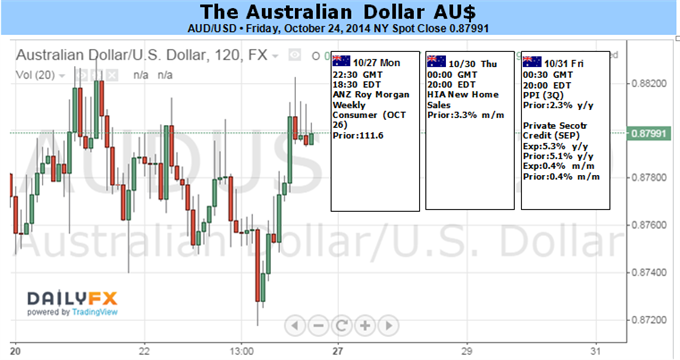

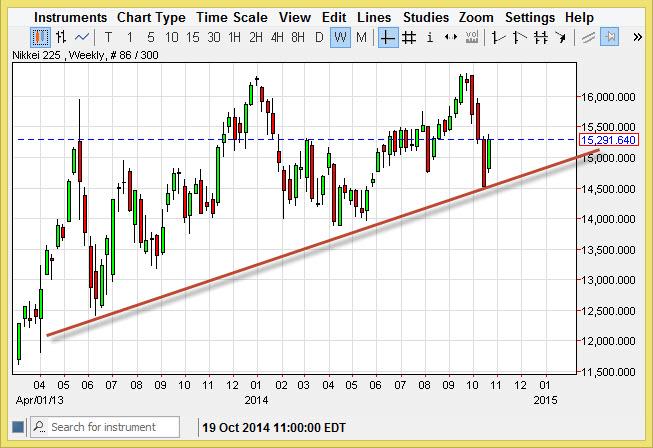
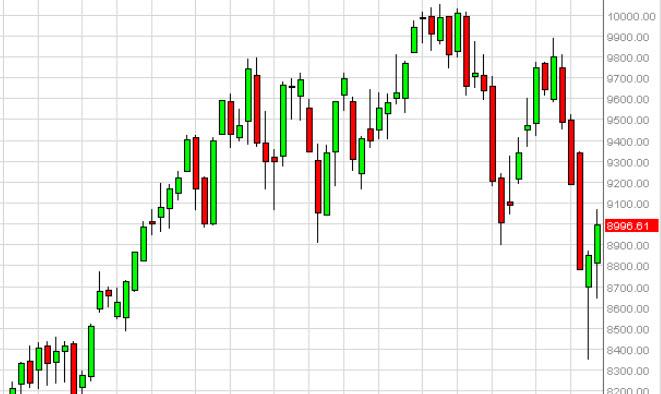
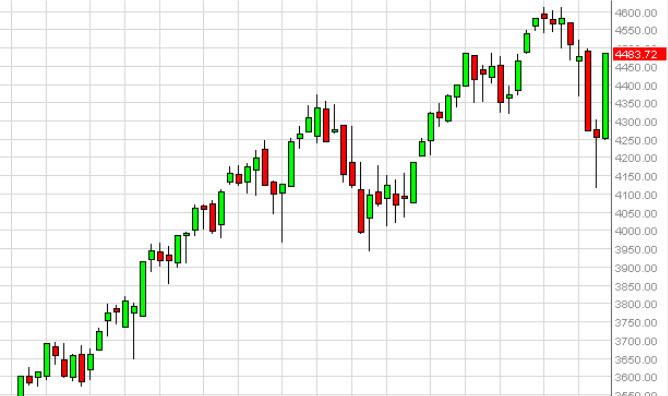
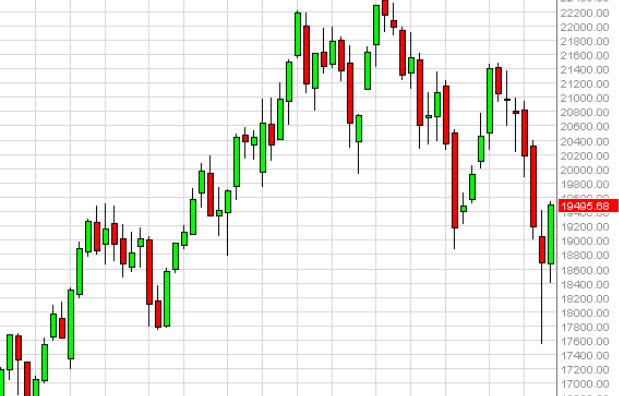


Bookmarks